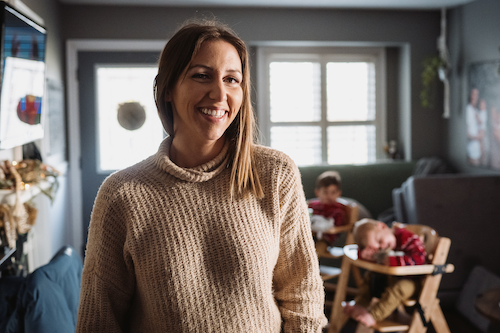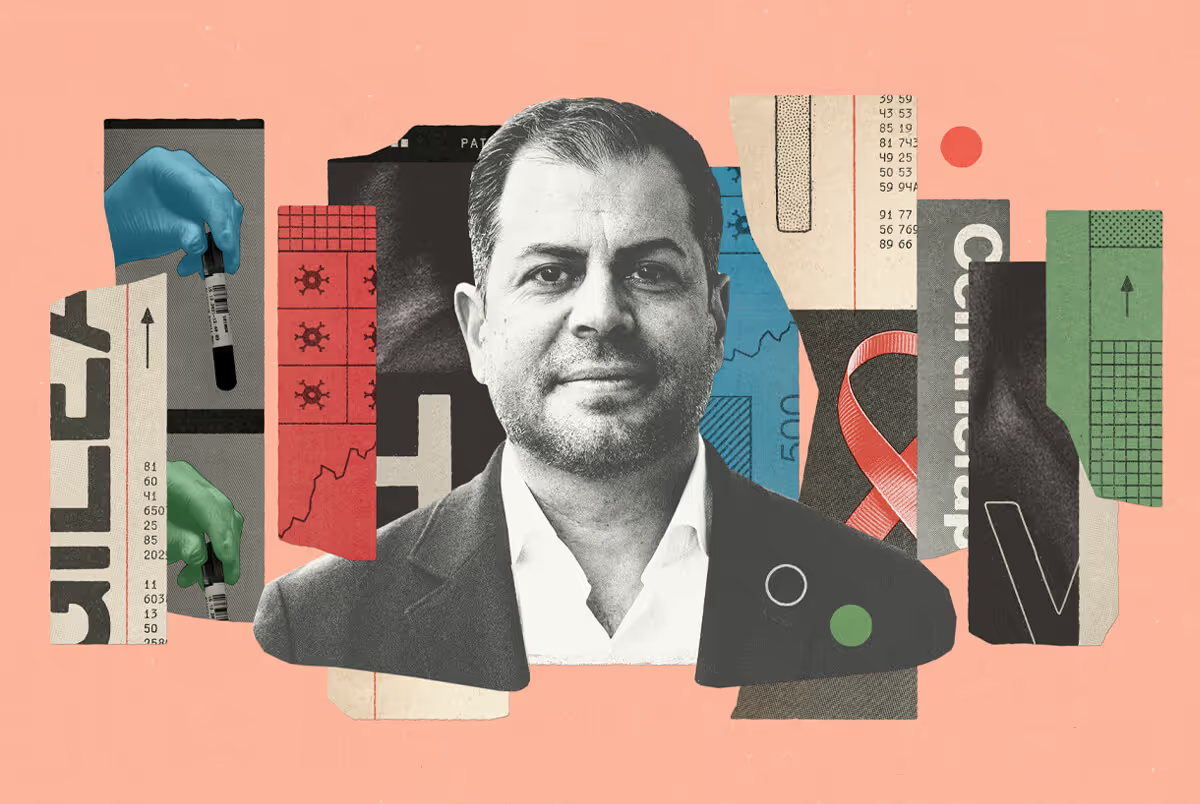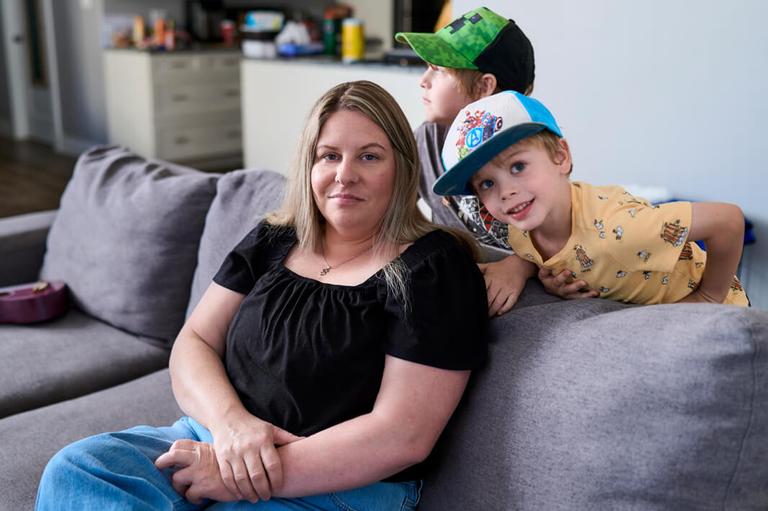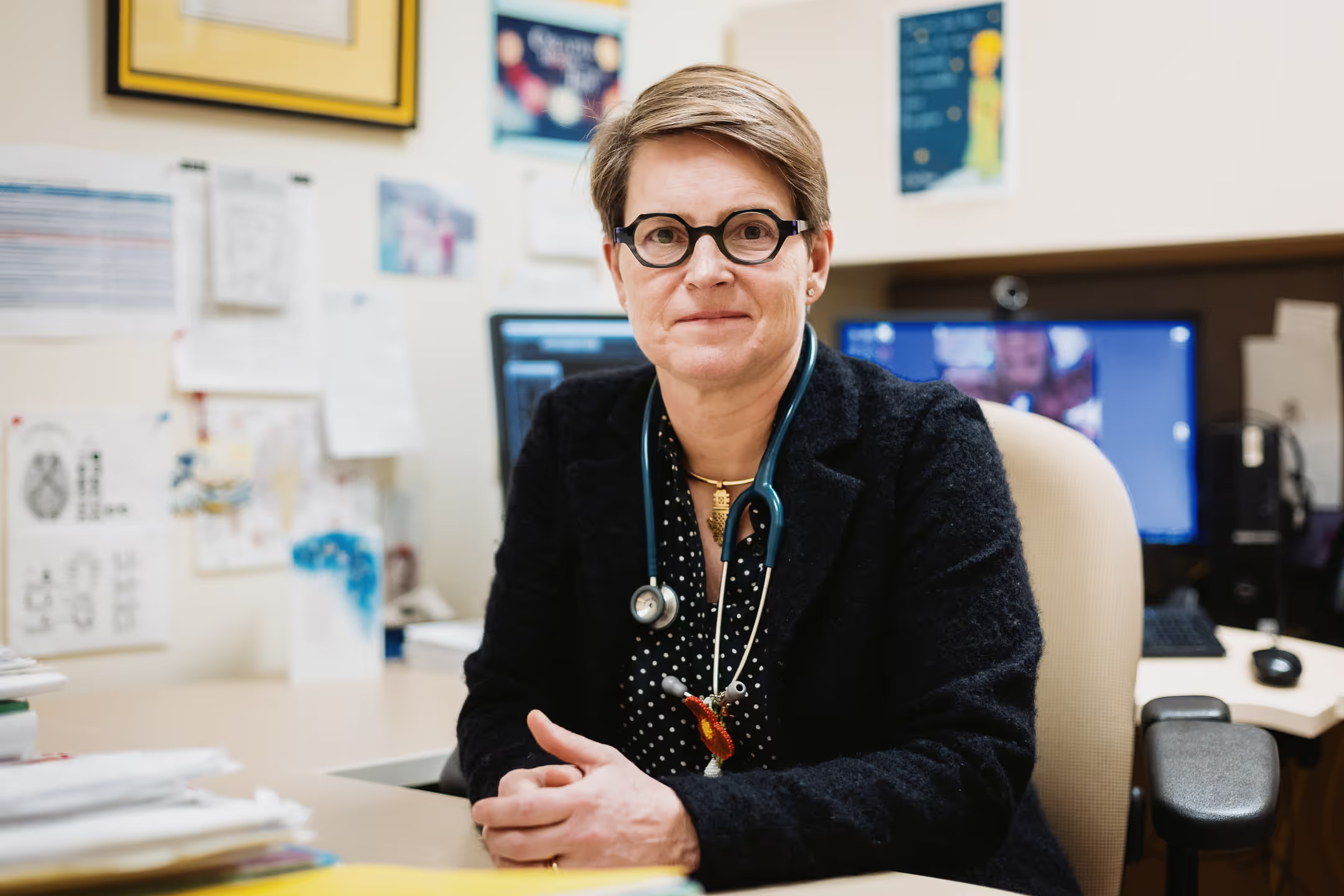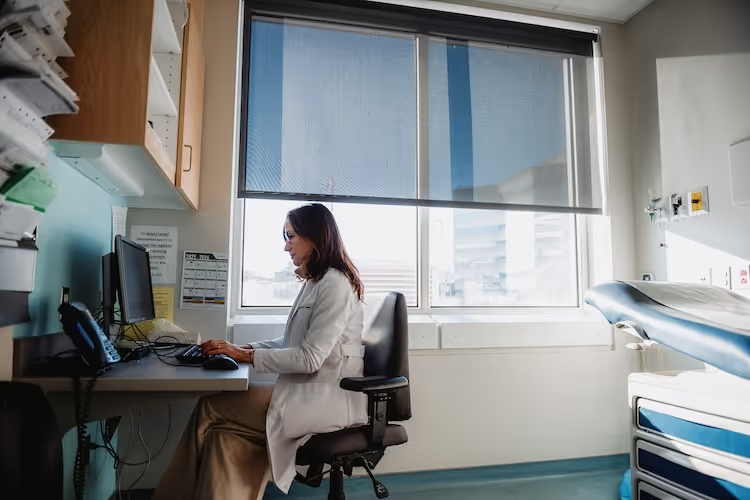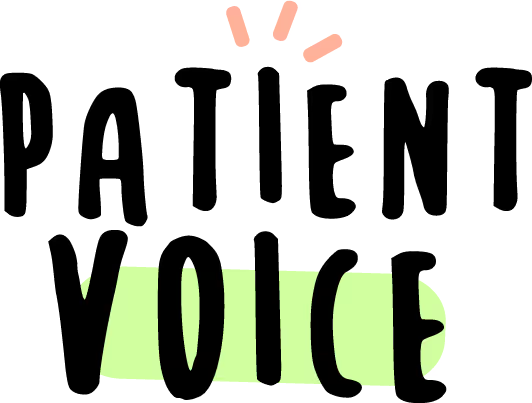“In December of 2020, I was a busy young mom in the middle of a big life adjustment. I’d temporarily moved back home from Alberta to Atlantic Canada with my two little boys, one a toddler, the other just eight months old. It was a big leap, temporarily moving back east during my maternity leave, but it felt worth it to be closer to my family for a bit. Worth it just to be able to have a proper Christmas together.
Except that just a few days before Christmas, I had a stroke out of nowhere, and everything gets wonky in my memory from there. I remember ambulance rides to hospitals in Charlottetown and then Moncton. I remember brain scans. I remember the words ‘massive brain bleed from an arteriovenous malformation.’ I remember pumping breast milk even though I didn’t have the strength to hold the machine on my own. And I remember people constantly asking me the same set of questions: ‘Do you know your name? Do you know where you are? Do you know what day it is?’
Download the post-stroke spasticity self-assessment guide.
Then suddenly I was lying in what seemed to be a recovery room. A nurse was coming around asking those familiar questions, and I heard the person next to me say a date that ended in 2021. Through the fog of sedation, one thought lit up like a beacon: I’d missed my son’s first Christmas.
I later learned I’d undergone emergency brain surgery on Christmas Day. I’d been totally non-responsive and, to save my life, they’d removed a golf-ball-sized chunk of my brain. I’d survived, but survival was going to be a whole different life — a life of slow recovery and lasting muscle spasticity.
Download the post-stroke spasticity self-assessment guide.
I wanted so badly to go home, but first I needed to learn to walk again. I needed to learn how to hold a baby again, practising with a weighted doll. I needed to learn how to do all the things it takes to be a mom. And it felt impossible. The bleed was in the right half of my brain, so the whole left side of my body felt like a bag of sand, which was a problem because I was left-handed.
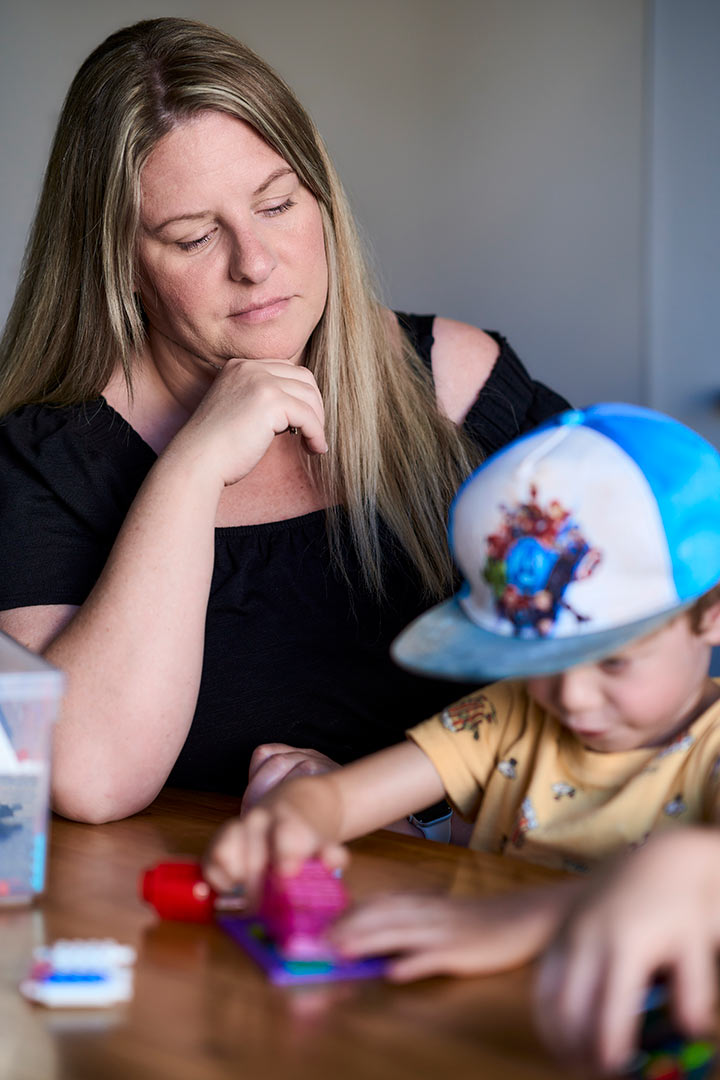
I knew that those first months of therapy and rehab were critical to determining what the future would look like for me and my family, so I put everything I had into it. I was a rehab inpatient in PEI and that was a little daunting, because there wasn’t a single neurosurgeon on the island. I wasn’t even being followed by a neurologist. I’m very thankful to my amazing health care team, but I do wonder if my recovery could have been different if I’d been somewhere with more resources.
When I finally came home at the end of February, it felt like a victory. I was walking again. I was ready to be there for my children. I was ready to be me again. Then reality hit. Everything was so much harder: carrying groceries, putting on socks, taking my kids to the beach, cooking a simple meal. Things I’d taken for granted were suddenly huge battles.
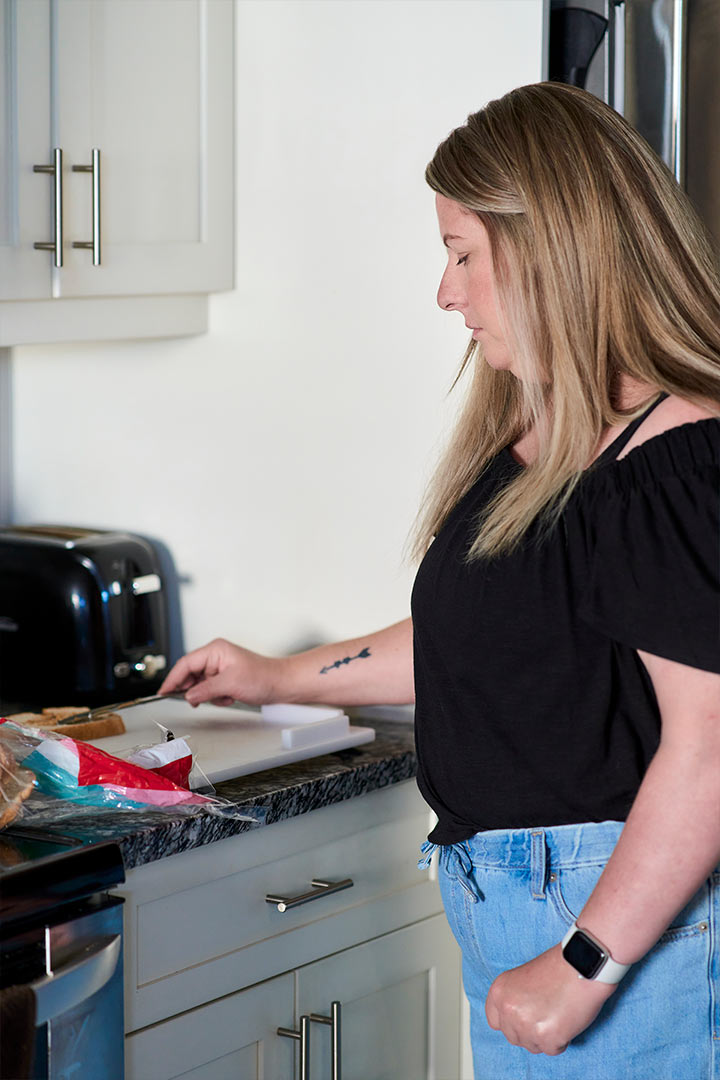
My left hand clenches and won’t let go. My shoulder droops. My leg gives out. Sometimes I fall. At first I walked with a cane, but I felt like I had to give that up because I only have the one good hand now and there’s always something else that needs to be in it, like carrying something for one of my boys, or holding their hands. And on top of it all, the neurological fatigue is crushing. My life is a sleep-rest-sleep cycle. And when I can’t get enough sleep, which is often a reality with children, I’m a mess for days.
But, somehow, we’ve found our way through. A close friend connected me with the March of Dimes Canada After Stroke program, and that’s made a huge difference. It’s meant so much just to meet other people going through similar struggles. I also got on a treatment that’s helping the muscles in my left side. I can really feel a difference. If there’s one thing I’ve learned in all this, it’s that you have to advocate for yourself. You have to keep following up and getting reassessed, whether it’s been months or years since your stroke. If you don’t ask, you won’t get anywhere. Recovery is hard and it’s overwhelming, but finding a treatment that works for you and receiving support can help.
Download the post-stroke spasticity self-assessment guide.
I’ve reached the point where I’m figuring out how to live my life again. We’re figuring out how to be a family. I’m still not back to work, and I still can’t do all the things I want to do with my boys, but it’s enough. I can’t run and swim freely with them, but I can walk and stand in the surf. I can’t cook a big turkey dinner, but I could bake cookies. They’ve both learned to help me, and they’ve adapted so well to this new world of ours. They know there are limits to what mommy can do, but that’s just the way it is. I’m proud of how far we’ve come.”
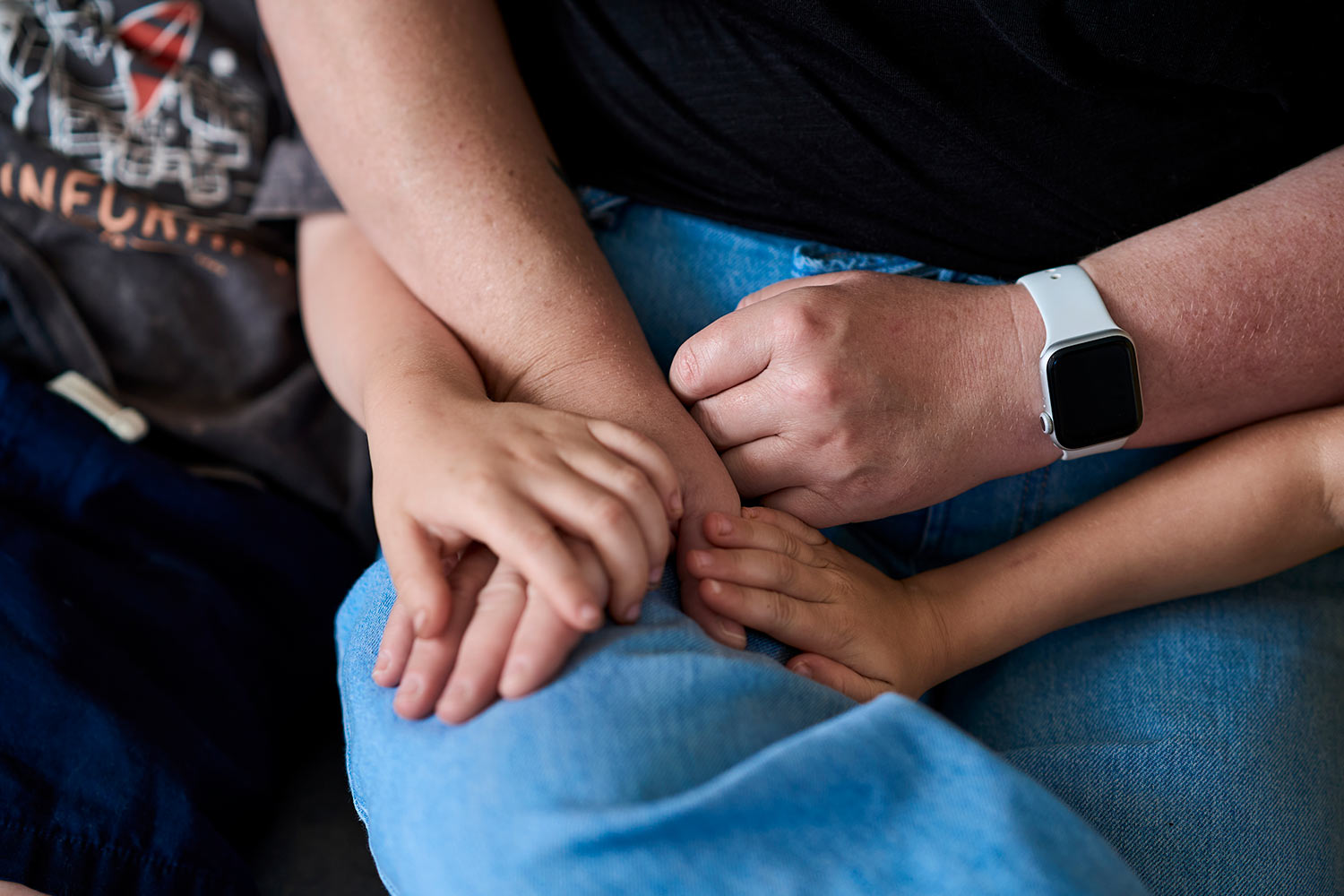
{{CTA}}
To learn more about post-stroke spasticity, visit www.patientvoice.io/post-stroke-spasticity. If you or a loved one has recently experienced a stroke, download the self-assessment guide and speak to a physician to learn more.
--
The information presented here is intended for educational purposes only and is not meant to be a diagnostic tool. Always consult your health care provider for personalized guidance regarding your health.
An initiative supported by AbbVie.
This page and its editorial themes were developed by Patient Voice.
The After Stroke program at March of Dimes Canada is a personalized stroke recovery program that helps survivors, and their families navigate the path forward after a stroke. Our experts are here to make sure you find the help that’s right for you when you need it. Our support extends throughout every phase of recovery: from the earliest days in the hospital, to transitioning back home, to the changes and victories that follow.
To learn more about the program, seek support, or access resources please visit afterstroke.ca.
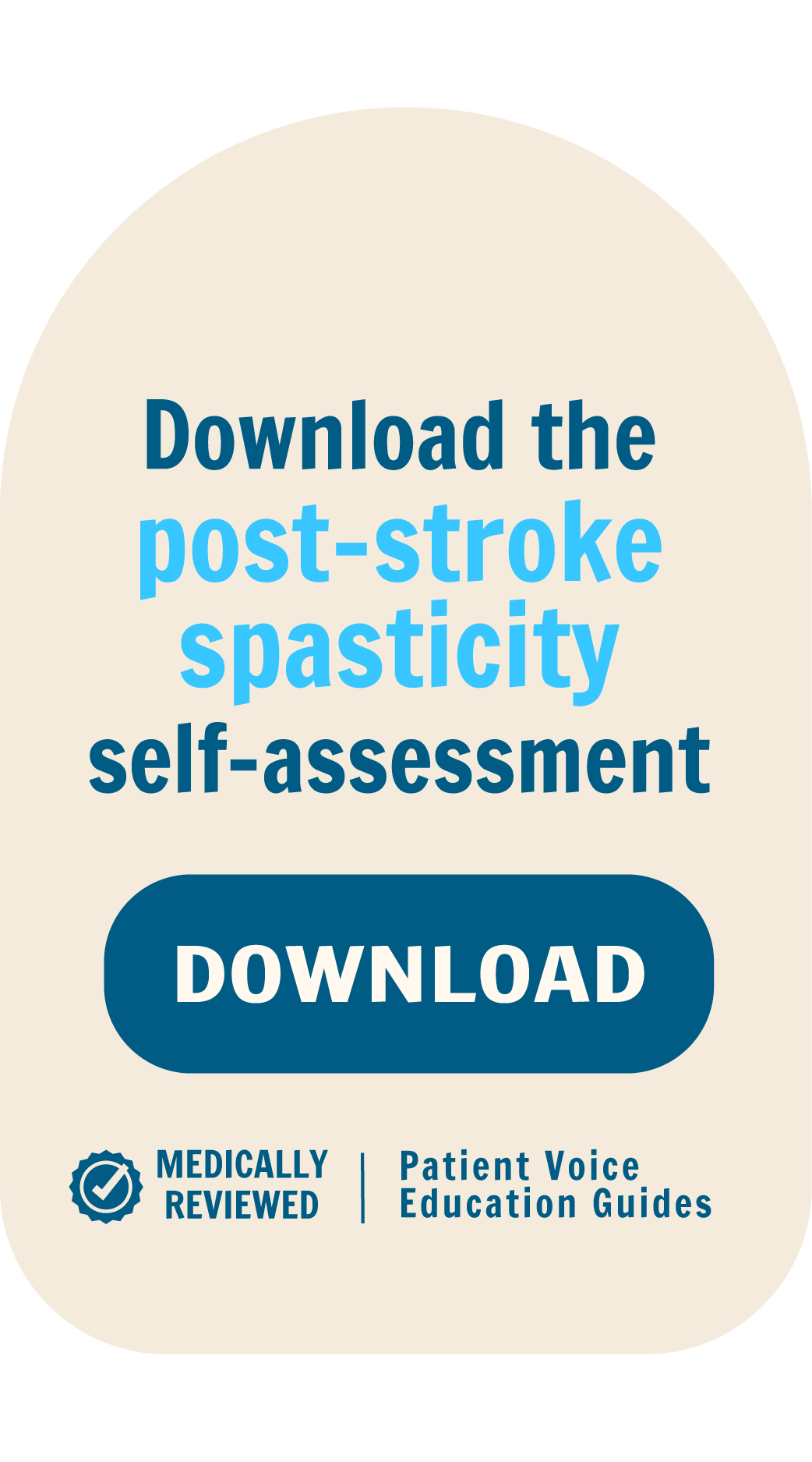
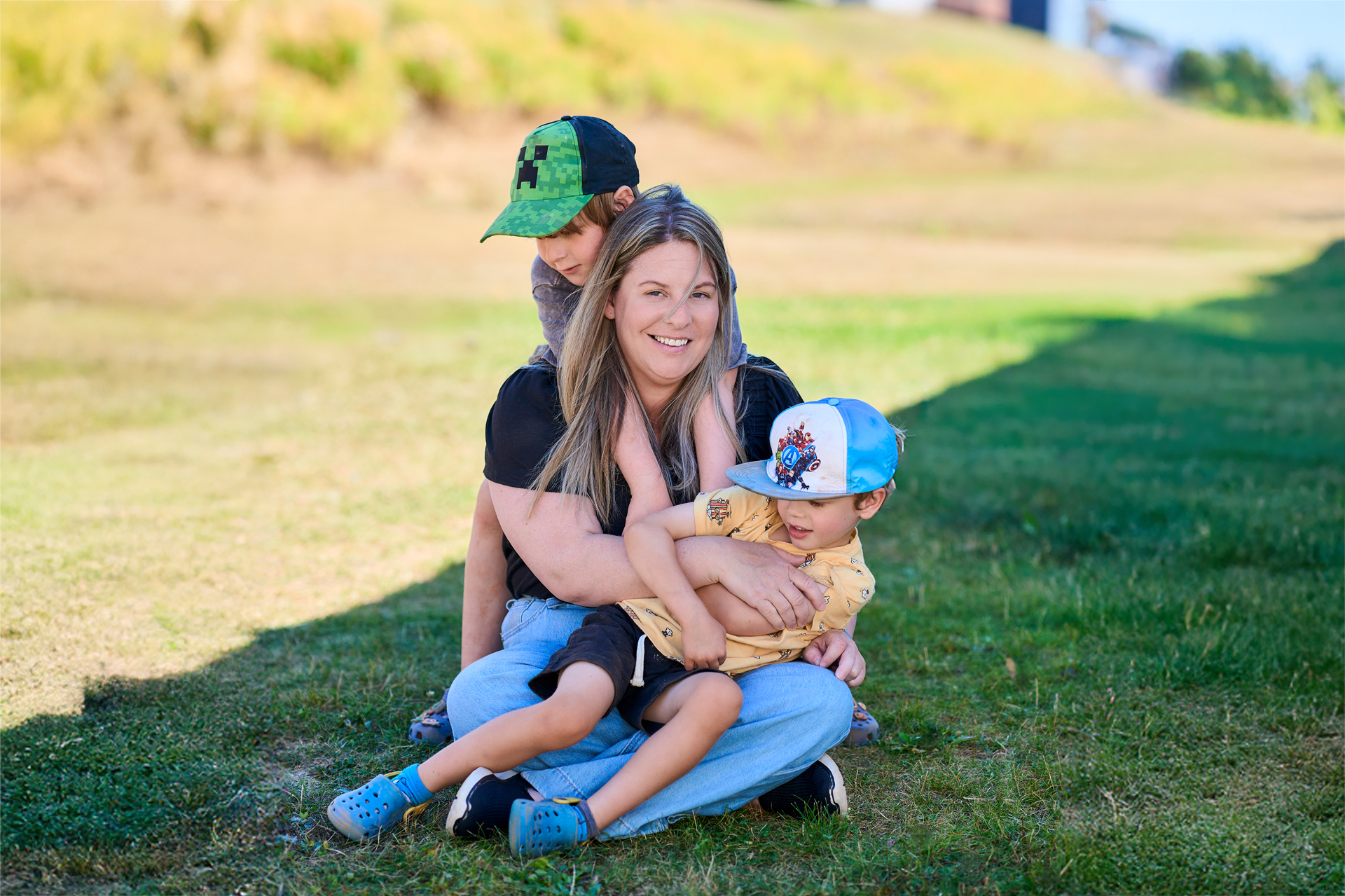

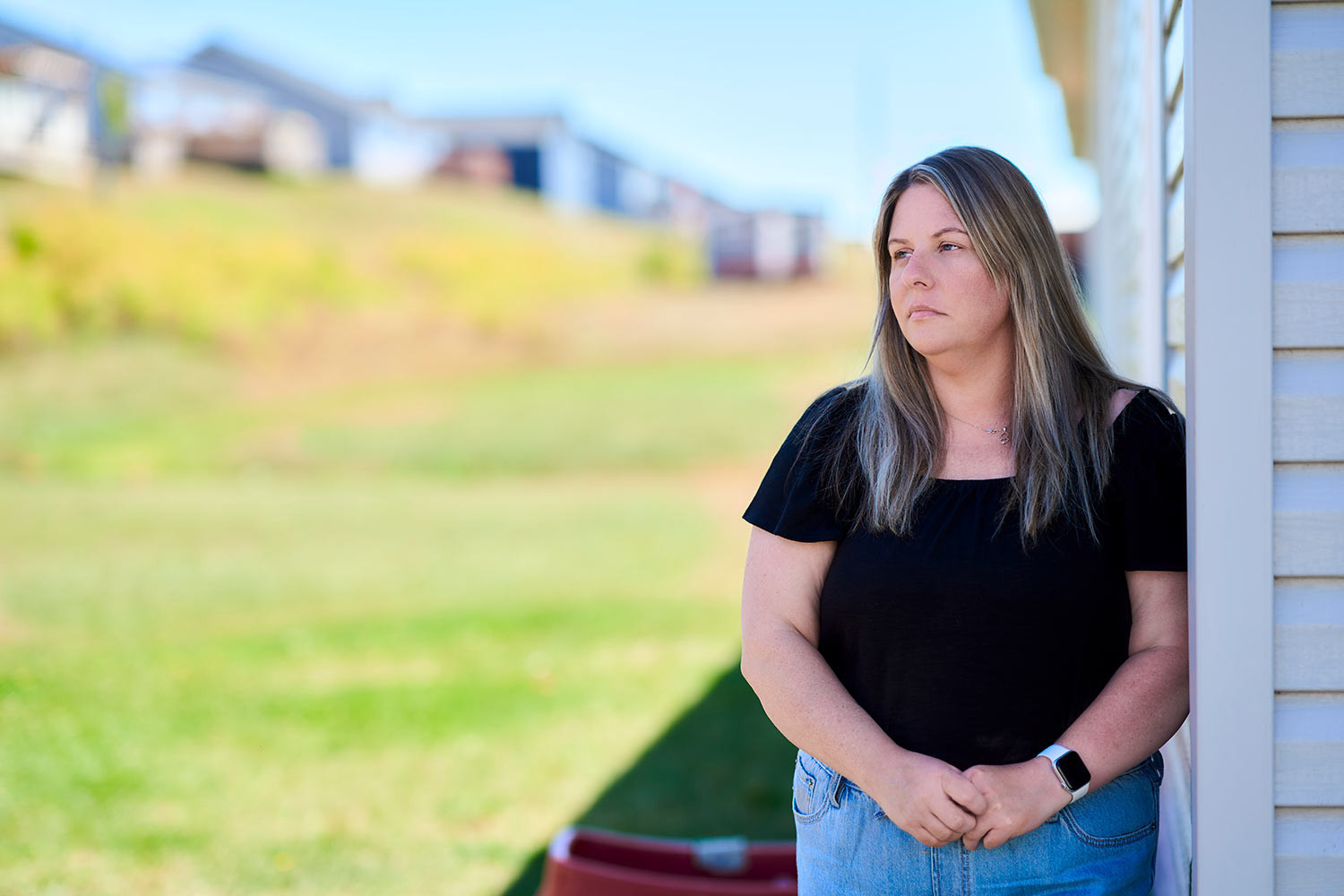
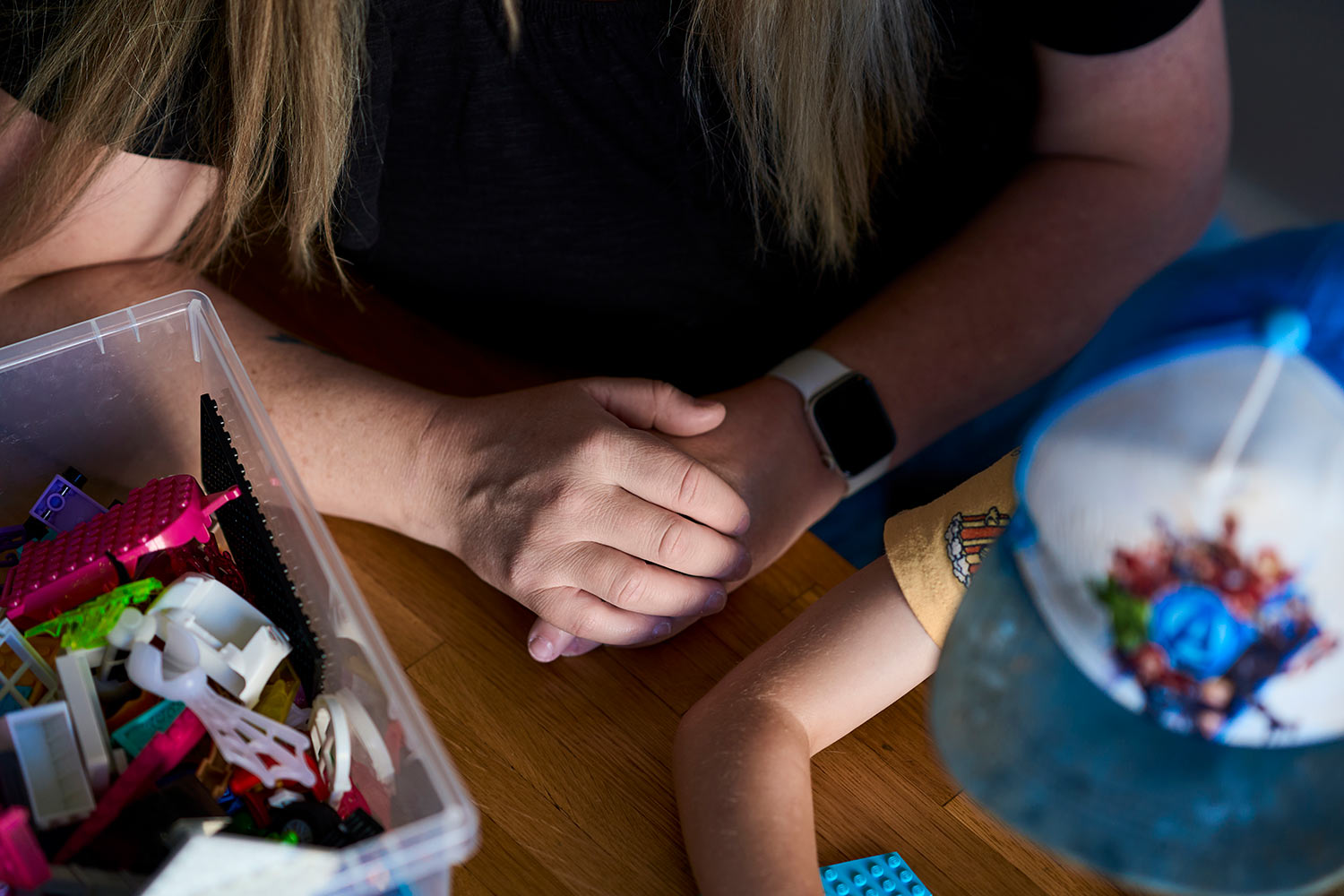
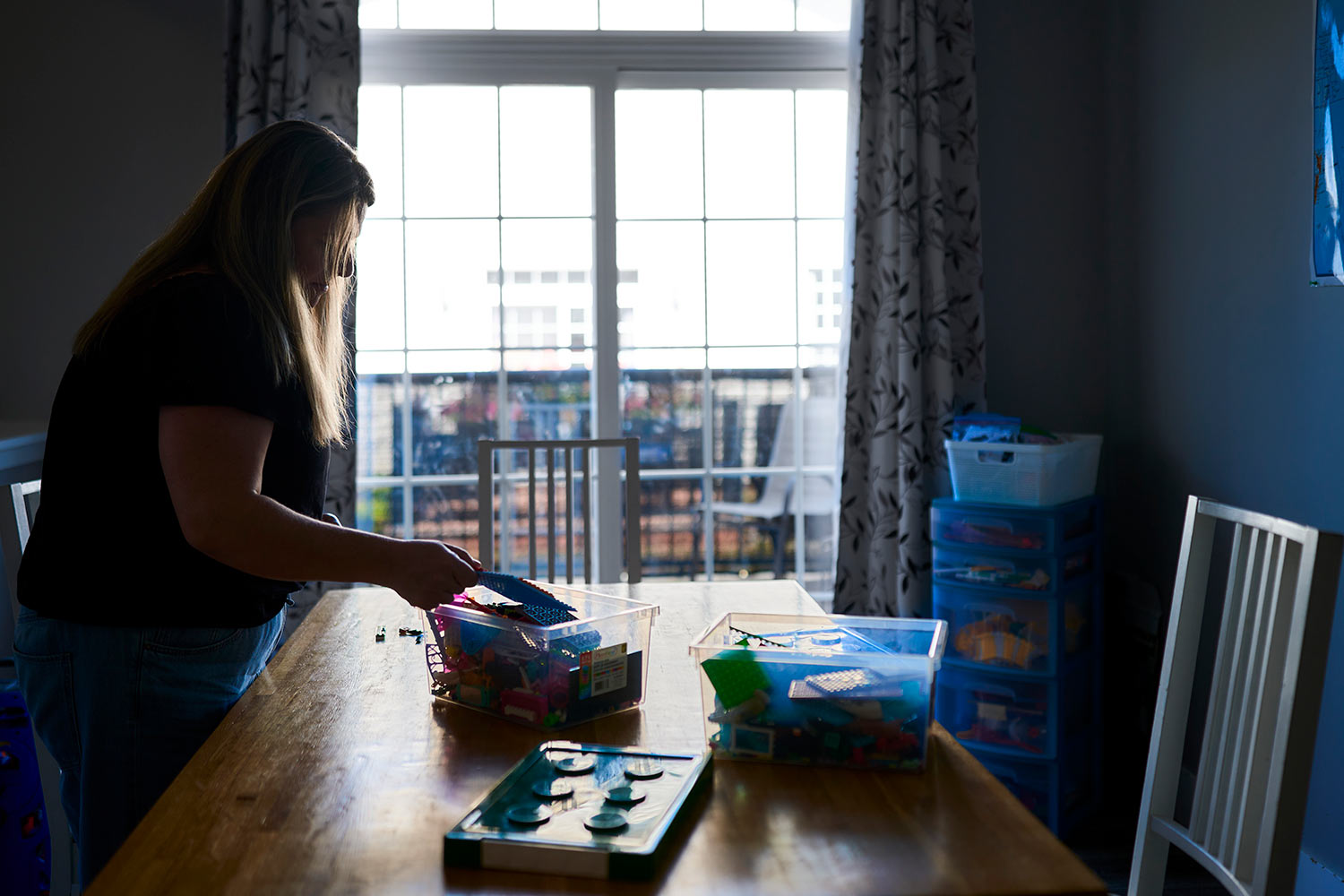
%20(1).jpg)
